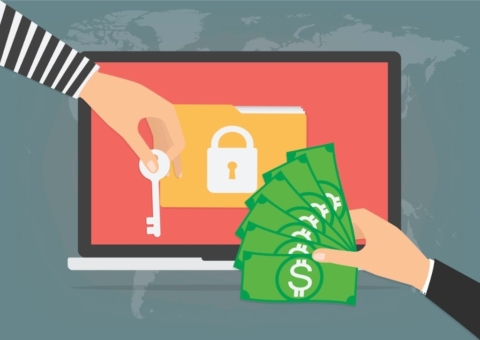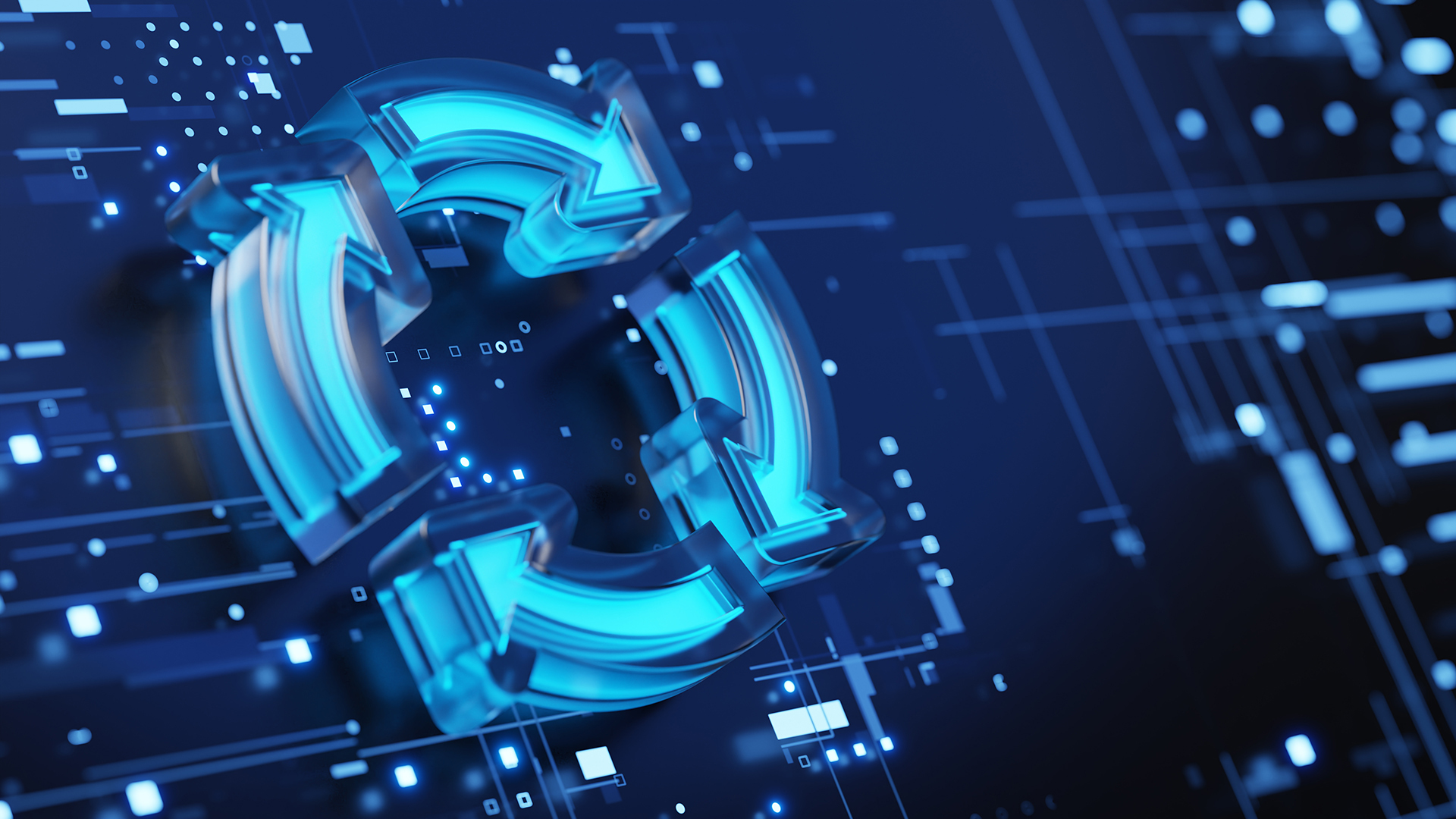9 Ways to Safeguard Against Increasing Ransomware Attacks

No matter the size of the organization, many of us struggle with the same question: is our security tight enough? The ever-present threat of malware making its way into our networks is a very real one, especially where ransomware is concerned.
The fastest-growing type of malware in recent years, ransomware attacks prey on weak security by sending malicious actors to encrypt files on a device, thus making the files in question unusable. These actors then demand a ransom in exchange for the decryption of the affected files. Even more worryingly, it’s common for malicious actors to threaten to sell or leak affected files if a ransom is not paid. Since these files may contain sensitive data (like compromising information about important stakeholders, for instance) the sale of such files in the public domain can easily harm the reputation of large organizations.
In recent history, malicious actors had often targeted companies that provide critical infrastructure in the economy. According to the Federal Bureau of Investigation (FBI) in the United States, on average more than 4000 ransomware attacks have occurred daily since 2016.

Many argue that paying a ransom may encourage cybercriminals even more. However, it’s difficult to trace these attackers as ransoms are paid in terms of cryptocurrency, and it’s notoriously difficult to trace the identities of people through cryptocurrency transactions. When a ransomware attack occurs there are intermediaries who help companies handle these cybercriminals by paying ransoms, but there’s no solid solution for preventing ransomware attacks and helping companies avoid paying ransoms in the first place.
Obviously, preventing ransomware attacks in the first place is always preferable. In any organization employees are the first line of defense, and it’s important to educate all of them on the various types of ransomware attacks regardless of their job role (after all, anyone with a computer connected to the internet is prone to a ransomware attack). Following are some ways to minimize your exposure to ransomware attacks.
1. Perform Consistent Updates
Regularly update your software and operating systems with the latest patches available. This will minimize your exposure to ransomware attacks since possible vulnerabilities in the systems are typically addressed through these updates.
2. Keep Your Users Informed
Conduct awareness sessions for employees on evolving cybersecurity threats and how to safeguard against such threats. These training sessions are an essential element in minimizing security risks. As stated earlier, the first defense against cyber attacks is always at the user level. Thus, it’s important to conduct mandatory (and free) security awareness and training sessions through Learning Management Systems (LMS) to ensure all employees are educated. Most ransomware attacks happen through phishing emails, so awareness sessions like these can help employees to identify possible malicious email content.
3. Back Up Your Data Regularly
The storing of critical files on a separate device or in the cloud can ensure business continuity even if there is an attack. However, reputation risk is irreversible, and therefore it’s always important to focus on prevention as well.
4. Encourage Best Practices When Using the Internet
General principles such as changing passwords regularly, using complex passwords, and not clicking on suspicious links or not visiting suspicious websites are easy rules to emphasize and can minimize self-induced risks when it comes to ransomware attacks.

5. Regularly Review and Rehearse Your Incident Response Plan
Since employees are the first line of defense in any security attack, it’s important to implement an organization-wide incident response policy in which they have direct communication with IT. Furthermore, try to keep everyone aware of evolving security threats and update incident response plans regularly to respond to such threats in a proactive manner.
6. Keep Abreast of and Learn from Ransomware Cases in the Industry
As ransomware attacks have become increasingly common, staying up-to-date about such events through reliable news sources and applying what you learn via your Information Security Policy may help you respond to threats more proactively.
7. Implement Multi-Factor Authentication
This is a more recent (but very effective) way to limit or prevent unauthorized access to sensitive data. The implementation of multi-factor authentication when accessing critical data, devices, and software can significantly aid in the prevention of ransomware attacks. Similarly, examining the health of devices on a regular basis can help identify vulnerabilities and address them proactively before an attack happens.
8. Enable Strong Email Security
The implementation of secure email practices, firewalls, and spam filters can help employees identify suspicious or malicious content before they fall victim to a ransomware attack. Additionally, scanning all incoming and outgoing email can help minimize the risk of ransomware attacks.
9. Configure Firewalls to Block Malicious IP Addresses
This one speaks for itself. Consistently scanning for and blocking suspicious IP addresses can play a large part in preventing impending threats and attacks.
There’s no denying it; cybercriminals are becoming smarter, and security professionals are challenged more than ever before. Therefore, it’s essential for IT admins and all employees to take security seriously by being more proactive in enabling ransomware protection in place to prevent the ever-evolving threats of ransomware attacks.





